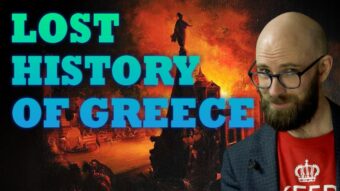“Unveiling the Untold: Discover the Enigmatic Lost Sequels of The Iliad That Could Rewrite History!”
To begin with, it’s important to note that the Greeks started writing with the Phoenician inspired script largely to preserve the epics of Homer and other early poets like Hesiod. Of course, there might not have ever been a Homer or a Hesiod, and these poems all come from some distant oral past. That is the generally held modern theory. These poems were passed along and performed by reciters called rhapsodes. At a certain point, the Greeks started writing with a modified Phoenician script to preserve these poems. There is debate about how much a rhapsode can change the poem during each retelling, and it’s why scholars think there is a lot of formula in the Greek poems. Even in translation, if you read the Iliad and Odyssey you’ll notice a repetition of sorts. Names usually appear with epithets like Swift-Foot Achilles and White-Armed Hera. These might be mnemonic devices to help the rhapsode with his verses. These are oral poems first, and by far the longest in the Epic Cycle. The Iliad and Odyssey are both 24 books long. The other poems are shorter, usually a handful of books.
Like Homer’s poems, the Cyclical poems were written in hexameter, but historically scholars appraise the fragments to be at a lower poetic quality than Homer’s. Of course, it should be explicitly pointed out that those scholars were judging the quality of poems they do not have in front of them. And only relatively recently did they get called out by newer generations of academics for uncritically passing judgement on the missing poems.












